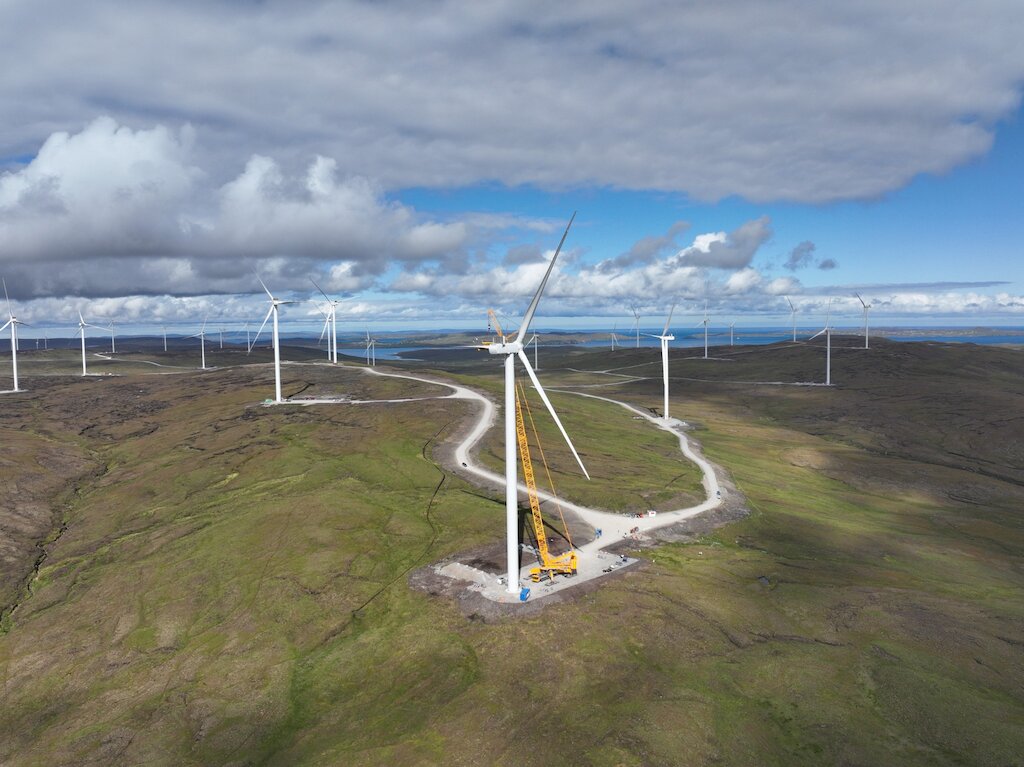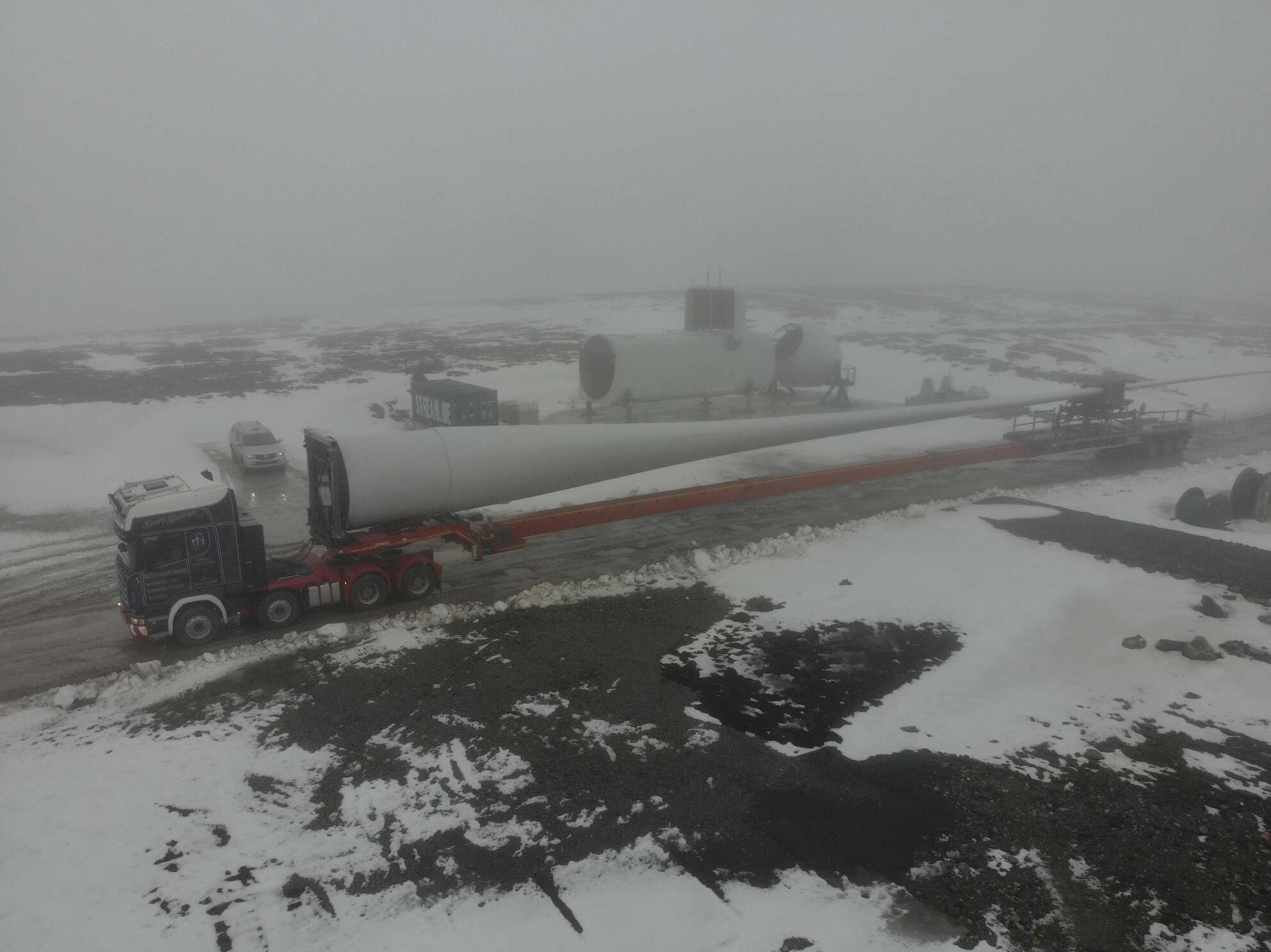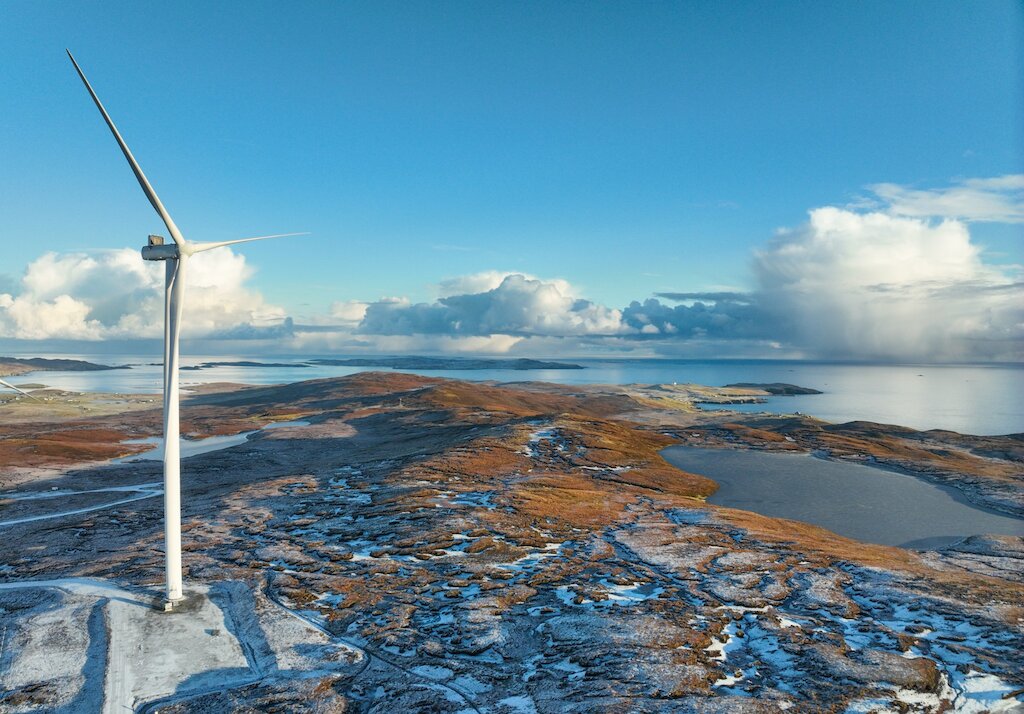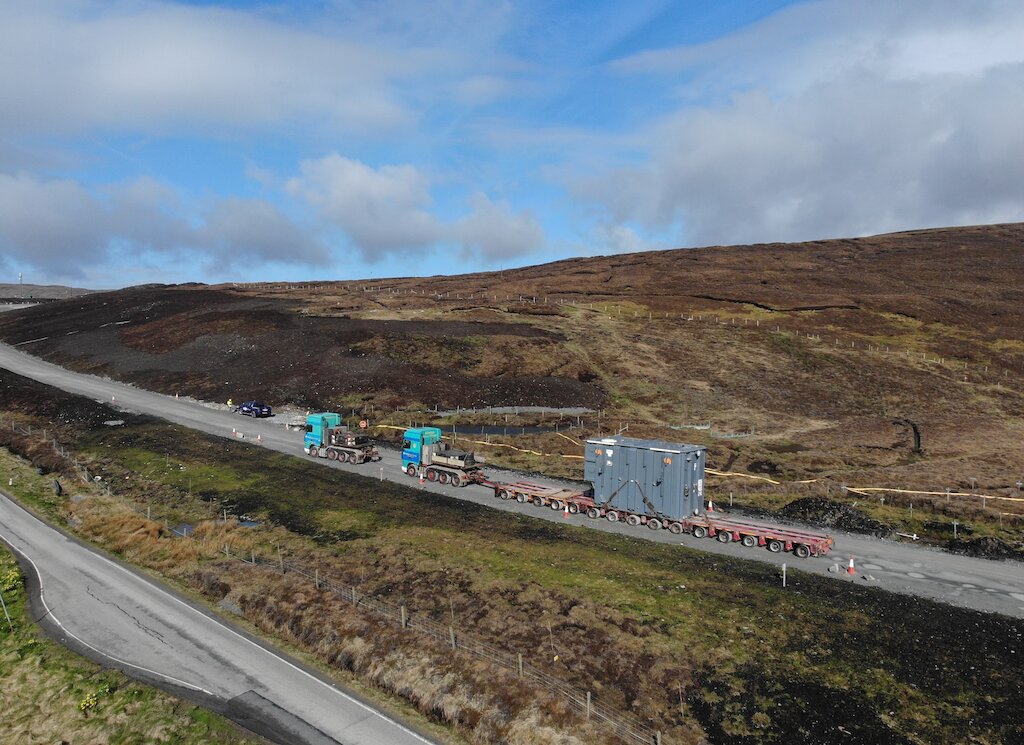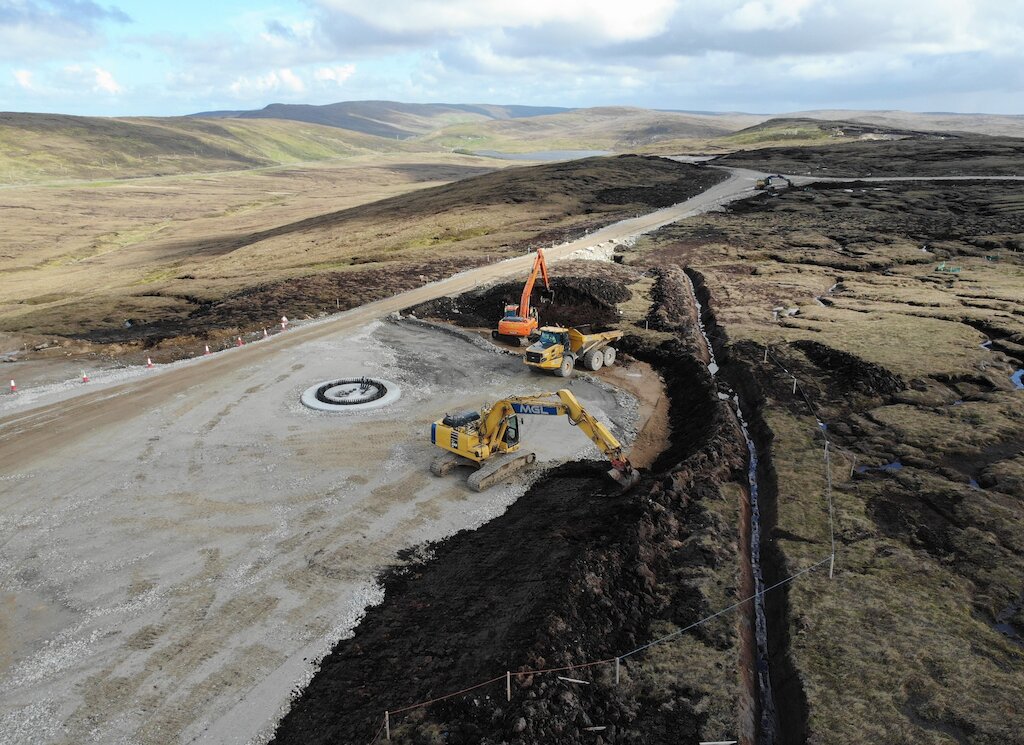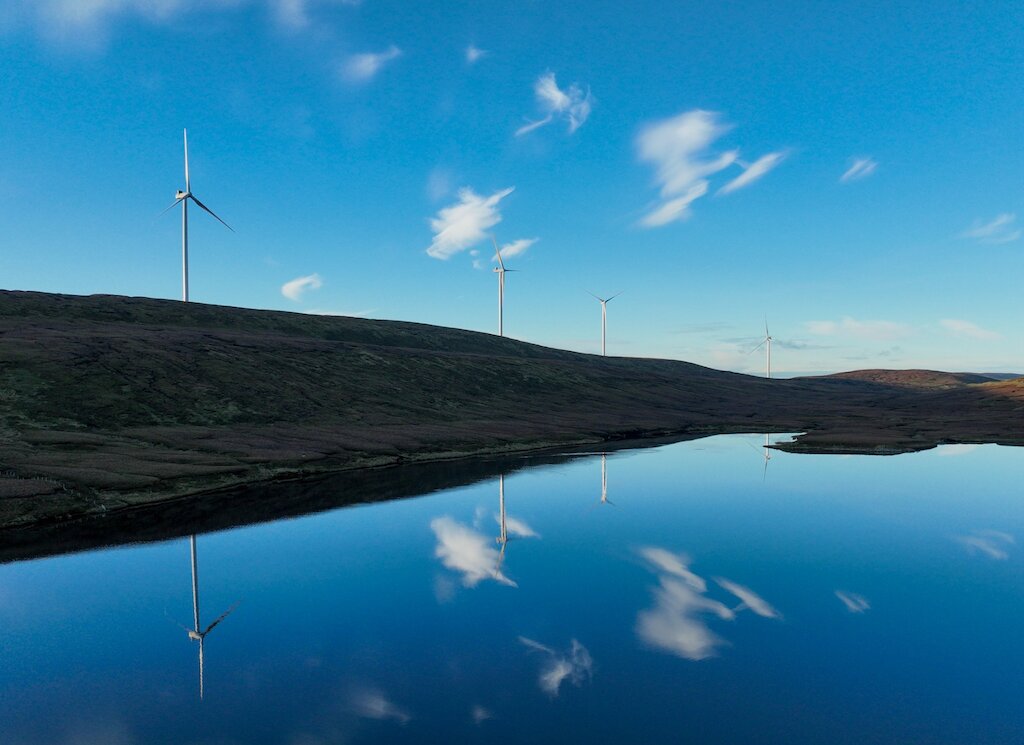Viking Wind Farm became operational in Autumn 2024 following the completion of SSEN Transmission’s Shetland HVDC link, connecting Shetland's electricity network to the GB electricity system for the first time.
The physical process of building a wind farm is a very complex task requiring significant investment, expertise, commitment and diligence from all involved and the construction of the Viking wind farm was no exception.
Indeed, given that the Shetland Isles are around 110 miles north of mainland Scotland, it was always clear that building Viking was going to even more complex.
One of the biggest construction challenges was the weather with the project team working in often difficult conditions including frequent heavy rain, the biggest snow storm to hit Shetland in over 20 years and rolling fog which can quickly and drastically reduce the visibililty across the wind farm.
Whilst the Viking site was chosen due to its excellent coastal wind resource, the wind also proved one of the construction teams biggest challenges with wind speeds often reaching in excess of 78mph. The team worked hard to track the weather throughout construction in order to plan work activities but particularly during the six month turbine installation campaign. Every weather window that was identified was important in order to allow for the safe delivery and installation of around 1,000 turbine components.
During construction the team held regular meetings of a liaison committee comprising contractors, planners, SEPA, community councils, the Shetland Windfarm Environmental Advisory Group (SWEAG) and local residents to assess progress and deal with issues that arise and a smaller community liaison group was established in 2020, centred around representatives of the four community councils with wind turbines proposed for their areas.
A Construction Environmental Management Plan (CEMP) was agreed and an independent Ecological Clerk of Works (ECoW) appointed to monitor the environmental mitigation measures that are being carried out.

